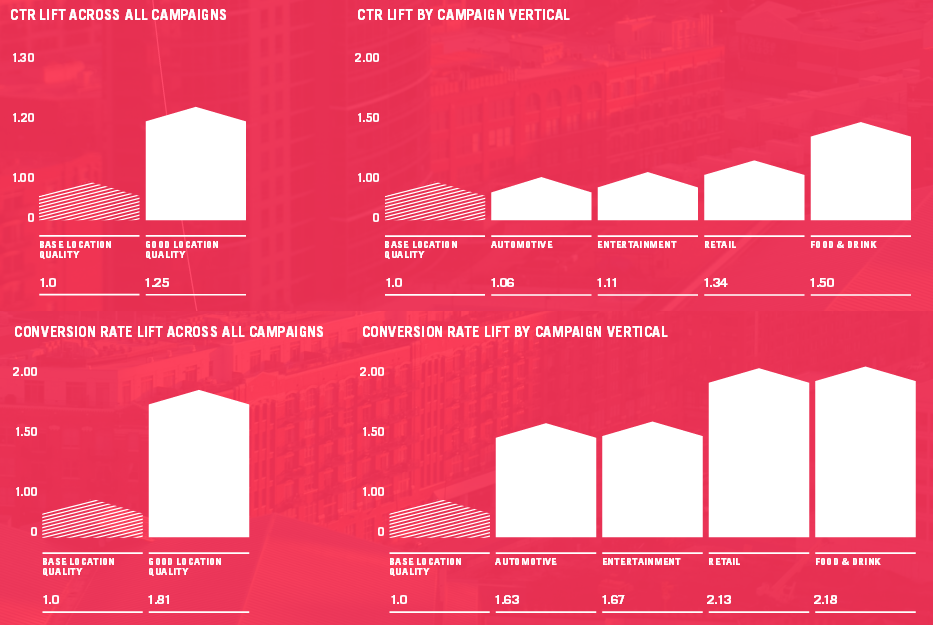 While Demand for Location Data has Increased, Accuracy has Decreased due to Programmatic Impressions
While Demand for Location Data has Increased, Accuracy has Decreased due to Programmatic Impressions
Location-based and targeted mobile advertising provider, Thinknear, has just published its most recent Location Score Index (LSI) report, and one thing’s for sure: while the demand for location data has grown, location accuracy has fallen behind.
“Since the last edition of the Location Score Index, the programmatic industry has seen a significant increase in available inventory with most major exchanges experiencing 2–3X growth in volume over the past year,” stated the report. However, as Thinknear puts it, “fast growth comes with challenges.”
Covering Q4 2014, the LSI report stated that there was a 7% decrease in accuracy compared to the previous quarter. The industry location score for Q4 2014 is only 51, while Q3 received a location accuracy score of 55 on a 100-point non-linear scale. [See Figure 1] The data came from over a billion ad impressions and location accuracy tests on over half a million consumer ad experiences during those quarters.
Much of the decrease can be attributed to “apps that are new to the programmatic ecosystem”. The company sees two possible explanations for this outcome: either developers have been inattentive when it comes to providing accurate locations for ads in their attempt to offer advertisers more targeting options, or they aren’t being honest with their clients about geo-targeting accuracy in order to charge higher prices.
Consequentially, Thinknear encourages marketers to be vigilant with their vendors when executing location-based ad campaigns. For instance, they need to be assured of the source of the location data, the process by which the data is evaluated, as well as the accuracy of the data. Thinknear has also clarified the definition of “Location Accuracy,” so as not to confuse it with location precision.
“Precision relates to the granularity of the data: a DMA, a zip code, a city block, or a specific store location. Accuracy refers to whether the data is actually correct,” stated the report. “So while a ‘precise’ ad request may specify a user’s location to within a matter of feet, that data is worthless if it is not accurate.”
But what’s at stake if the ads location’s accuracy is questionable? Thinknear emphasized that good location quality contributes greatly to an ad’s consumer response rates. In fact, based on 27 test ad campaigns it ran across a number of apps, the company noted that there was a 25% increase in CTRs and an 81% increase in conversion rates for ads with good location quality. [See Figure 2]
How important are accurate locations when it comes to driving conversions on your mobile display ads?
Marketing Digest Writing Team
Latest posts by Marketing Digest Writing Team (see all)
- How Taco Bell Struck Gold with Its Memorable Viral Marketing Campaigns - September 15, 2015
- Salesforce Marketing Cloud Releases New Instagram Marketing Tools - September 12, 2015
- Chrome Begins Pausing Flash Ads by Default to Improve User Experience - September 3, 2015


